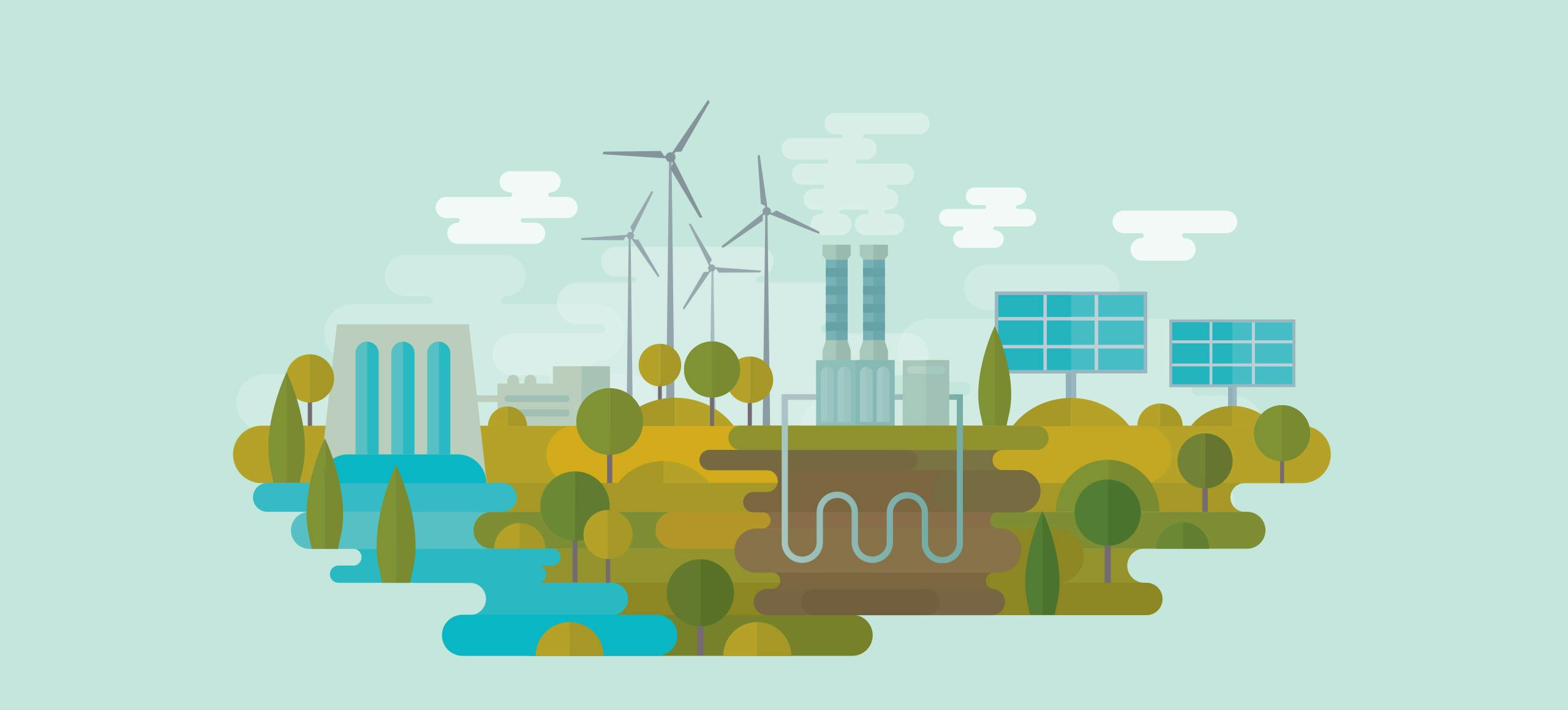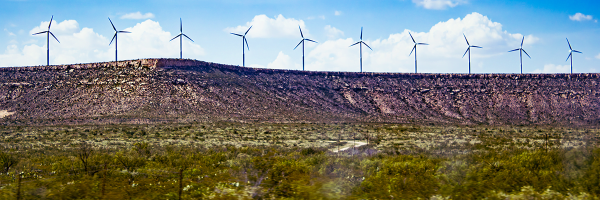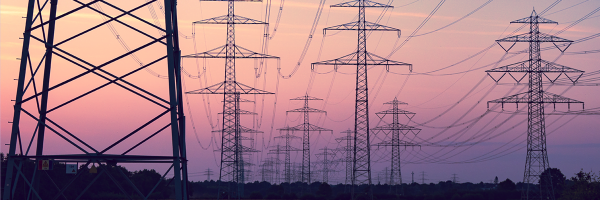Geothermal energy is out of sight, but certainly not out of mind. About a mile into the earth’s surface, rocks, fluids, lava, and magma are constantly swirling and moving, creating tons and tons of energy. And engineers have figured out how to generate energy from this scorching hot matter and never-ending motion.
Wells are dug into the earth to access the piping hot water and steam, which can then be used to power wind turbines that are connected to electricity generators of all kinds. Contrary to popular belief, when you hear “drilling” in this case, it’s quite clean and sustainable—unlike oil and natural gas.
How is geothermal energy generated?
There are three types of geothermal power plants: flash, binary, and dry steam.
Flash plants transform high-pressure hot water into cooler, lower-pressure water. This pressure and temperature alteration drive a turbine and generate electricity.
Binary plants pass hot water through another liquid with a cooler temp and lower boiling point, resulting in steam and vapor which powers a turbine.
Dry steam plants take steam from deep inside the earth’s core and use it to drive a turbine. This process is also the oldest in the geothermal books.
Where is geothermal energy used?
Geothermal energy is used in about 20 countries around the globe, with the U.S. ranking #1 in geothermal productivity. From the Geysers in California to Idaho and throughout the mountains of the West, 3.5 gigawatts of geothermal energy are generated. That’s enough to power a half million homes.1
What are the Advantages and Disadvantages of Geothermal Energy?
Geothermal energy is good, and you can probably guess why—it's a renewable energy source that is both green and sustainable. As long as the earth has a hot core, geothermal energy is going to be around. Geothermal energy can generate power without the necessity of anything dirty, producing only about a sixth of the CO2 produced by a gas plant.2 A few drawbacks exist, though. Like the emittance of sulphur dioxide and hydrogen sulphide—though quite minor. And anytime you’re drilling into the planet, you’re not exactly being kind to it. Small tremors and high costs of production are also a few downsides of geothermal energy.
But as technology and science develop day after day, you can expect the geothermal energy sector to continue to heat up.



